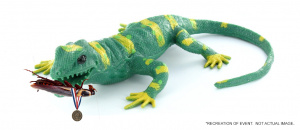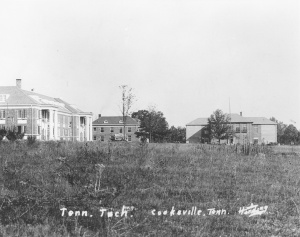We are officially in the holiday season, which means dessert, decoration, family, friends, and of course…memories! But are you taking care of yours properly so you can revisit Christmases past in the future?
In the past, families stored photographs in albums and boxes. Now, photographs exist digitally on hard drives, phones, and in the cloud. Most pictures we take are on phone cameras. Are these photographs as safe as the physical photographs we stored in albums and boxes? The answer is “no,” but there is a solution that will help you protect these memories.
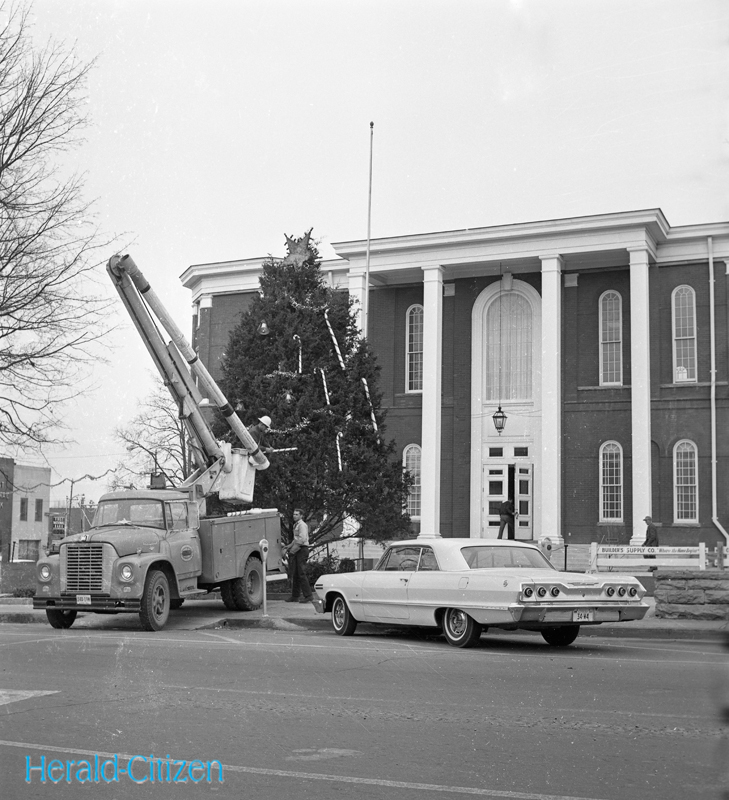
For starters, make sure that your phone is saving photographs in two places – both on the phone and through a backup cloud service. This creates two copies in case you misplace your phone after too much eggnog or it falls in the punch bowl. After the holidays, go through the photographs you took. Take them off your phone, delete unnecessary photographs, describe your photographs, create meaningful file names (for example, YYYY-MM-DD John Doe.jpg), and save the photographs in more than one location. For instance, save one copy of the photographs on the computer and a second on a portable hard drive or cloud service. Keep the second copy of your photographs in a different geographic location in case one location suffers a disastrous event such as flooding. Lastly, check on these storage devices and files annually and change your storage media every five years. Unlike the boxes and albums containing photographs of Christmases past, digital media has a short life span. Letting digital media sit indefinitely is detrimental to your digital photographs and you are in danger of not being able to open them because of storage media malfunctions, outdated software, or lacking the hardware to read the obsolete media (remember floppy disk drives?).
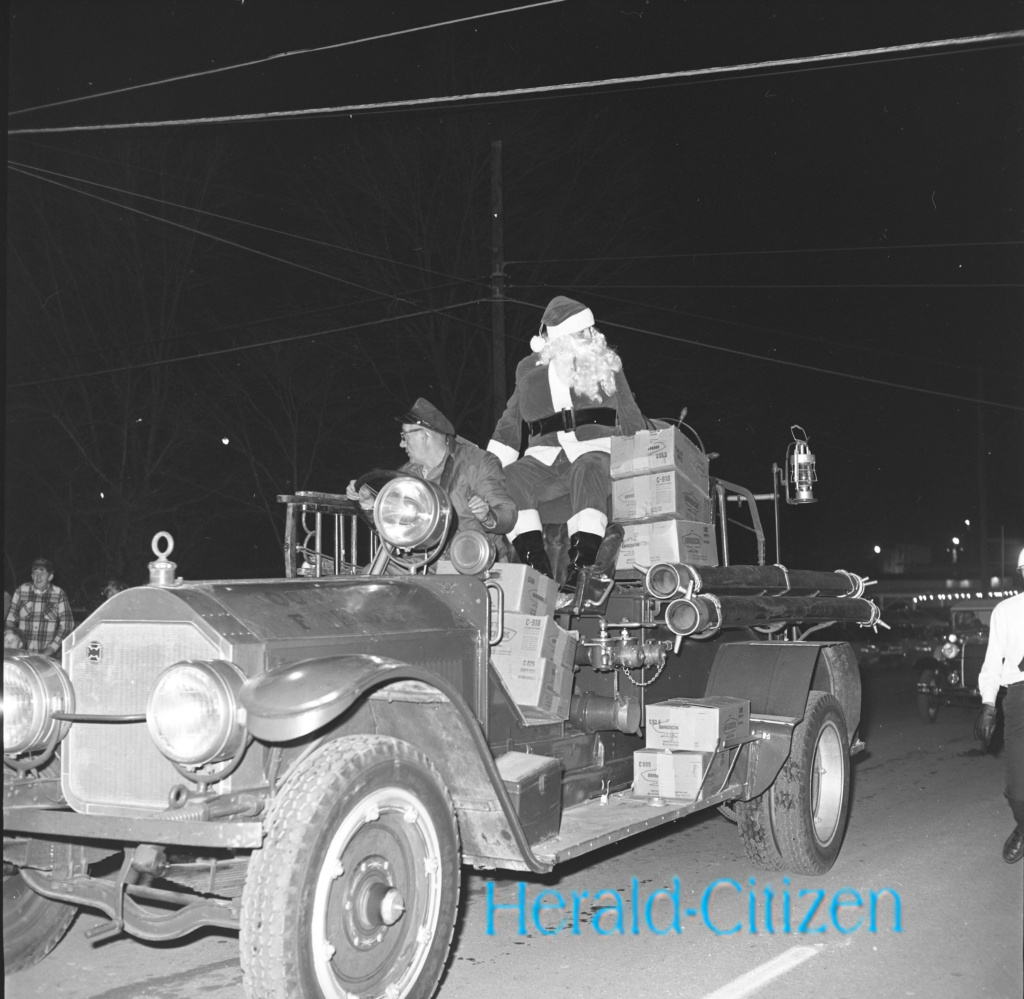
This same process should be used with all of your digital memories so that you can ensure future access.
For more information on preserving digital photographs and memories, check out these instructions by the Library of Congress.
Or for a more detailed lesson in personal digital archiving, see this guide provided by the University of Michigan Library’s Sarah Wingo.

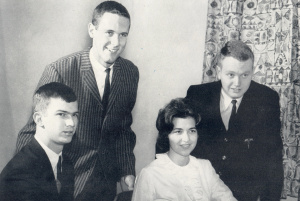
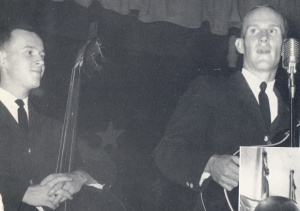 Smothers Brothers, 1964 Eagle.
Smothers Brothers, 1964 Eagle.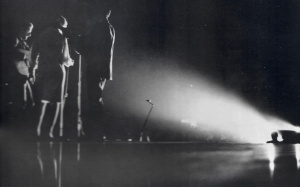 Peter, Paul and Mary, 1964 Eagle.
Peter, Paul and Mary, 1964 Eagle.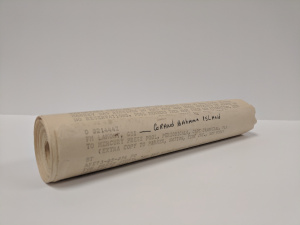
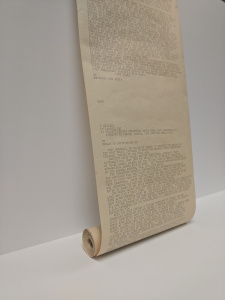 ding Shepard’s mission, but also the conditions of the GBI in 1961. This scroll provides an interesting look into the history of the GBI. One report mentions that in May 1961, only 8,500 people lived on the GBI. Today, however, approximately 51,000 people inhabit the island.
ding Shepard’s mission, but also the conditions of the GBI in 1961. This scroll provides an interesting look into the history of the GBI. One report mentions that in May 1961, only 8,500 people lived on the GBI. Today, however, approximately 51,000 people inhabit the island.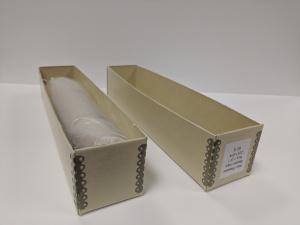
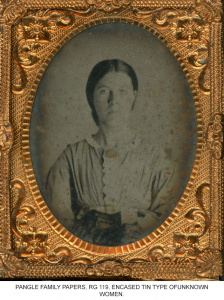
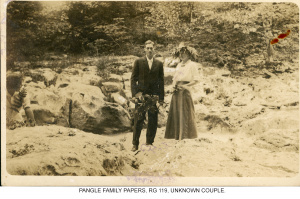
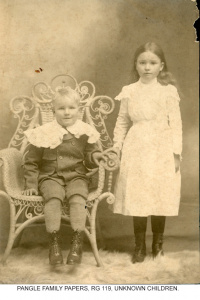
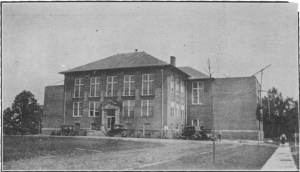
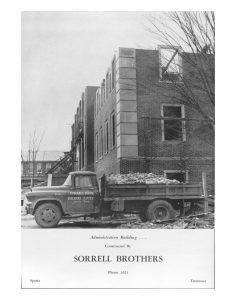 (it is a surprise it was not before with the smokers on campus), and modernized. In 1962, the State Board named the new building after the Derryberrys. At that time, Everett Derryberry served for over 20 years as the University president with his wife, Joan Derryberry, who was a major supporter and developer of the Art and Music Departments at Tech. As of 1965, according to the annual bulletin released by the University, Derryberry Hall housed the “administrative offices, an auditorium, classrooms, and facilities for the Music Department.” Through the years, many offices have circulated through the building including the library, the Home Economics Department, and Business Administration.
(it is a surprise it was not before with the smokers on campus), and modernized. In 1962, the State Board named the new building after the Derryberrys. At that time, Everett Derryberry served for over 20 years as the University president with his wife, Joan Derryberry, who was a major supporter and developer of the Art and Music Departments at Tech. As of 1965, according to the annual bulletin released by the University, Derryberry Hall housed the “administrative offices, an auditorium, classrooms, and facilities for the Music Department.” Through the years, many offices have circulated through the building including the library, the Home Economics Department, and Business Administration.